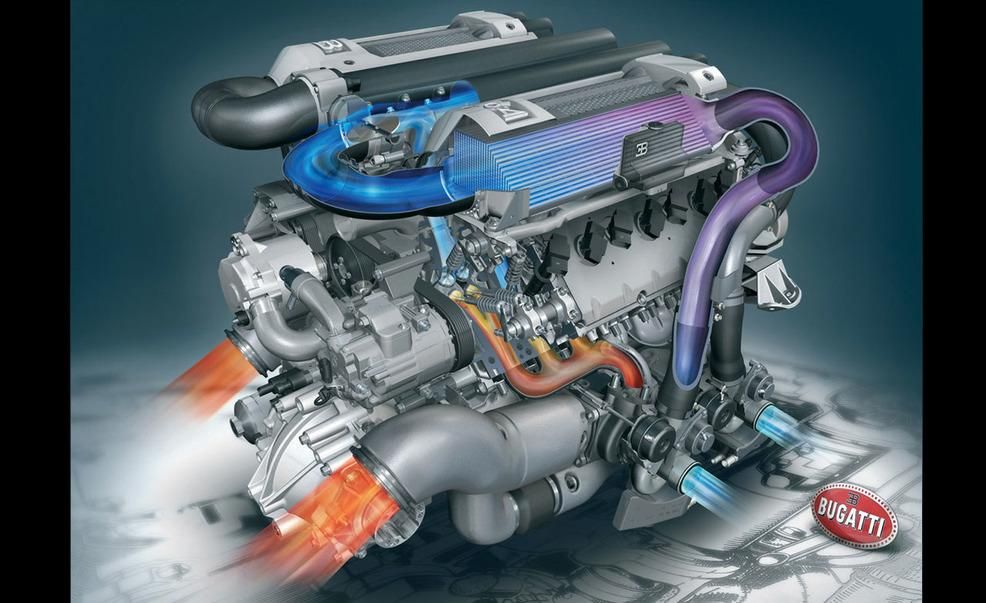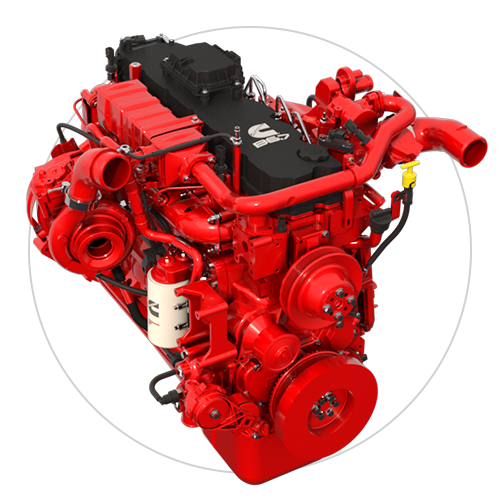Auto Components Shop Offering Engines for Africa: Your Source for High Quality Car Parts
Auto Components Shop Offering Engines for Africa: Your Source for High Quality Car Parts
Blog Article
The Mission for Ultimate Driving Power: Exploring the Peak of Engine Efficiency and Technological Innovations in the Automotive Field
In the realm of vehicle engineering, the quest of optimum driving power has actually been an unrelenting mission that has unravelled with the advancement of engine style and the integration of advanced technologies. From the meticulous craftsmanship of burning engines to the fast advancements in electric propulsion systems, the vehicle market stands at the cusp of a new age identified by extraordinary efficiency abilities.
Advancement of Engine Style

Additionally, the combination of turbocharging and turbo charging technologies has actually changed engine style by enhancing power without dramatically boosting engine dimension. These forced induction systems press the consumption air, permitting more fuel to be ignited, therefore generating higher power result from a smaller sized engine. This development has been specifically critical in improving the efficiency of smaller variation engines while maintaining fuel performance standards.

Performance-Enhancing Fuel Technologies
The execution of innovative fuel modern technologies has significantly added to enhancing engine performance in modern-day automobiles. From conventional fuel and diesel to innovative biofuels, artificial fuels, and hydrogen, the automobile sector is observing a revolution in gas options. Biofuels, stemmed from sustainable sources like corn, sugarcane, or algae, offer reduced emissions and improved engine efficiency. Synthetic fuels, generated with chemical procedures, give high octane ratings, enhancing power result. Hydrogen gas cells, although still in the beginning of fostering, show fantastic promise due to their zero-emission nature and potential for high performance. Furthermore, fuel ingredients and detergents are being formulated to clean engine parts, optimize combustion, and lower rubbing, consequently enhancing overall vehicle performance. With continuous research and growth, the pursuit for the supreme driving power continues, as designers strive to unlock the complete capacity of performance-enhancing gas innovations in the automobile industry.
Developments in Electric Propulsion
Considerable strides in electric propulsion technology have changed the vehicle market, leading the way for a brand-new period of efficient and sustainable transportation. Electric automobiles (EVs) are obtaining popularity because of their environmental benefits and innovations in battery innovation, enabling longer driving arrays and shorter charging times. Producers are investing heavily in research study and growth to boost the efficiency of electric propulsion systems, concentrating on increasing power result, enhancing power effectiveness, and minimizing total weight.
One significant innovation in electrical propulsion is the development of sophisticated electric motors that deliver higher torque and power thickness, causing improved velocity and total driving efficiency. Furthermore, regenerative braking systems have actually been improved to catch and store power a knockout post during deceleration, additional improving the performance of EVs.
In addition, the combination of smart technologies, such get more as synthetic intelligence and predictive analytics, is maximizing the administration of electrical propulsion systems, making sure ideal performance under different driving conditions. These developments in electrical propulsion are improving the vehicle landscape, driving the market in the direction of a more sustainable and energized future.
Influence of Computational Liquid Characteristics
With developments in electrical propulsion pushing the boundaries of automobile innovation, the integration of Computational Liquid Dynamics is playing a critical function in optimizing wind resistant performance and boosting general efficiency in vehicle layout. Computational Liquid Dynamics (CFD) entails the usage of computer system simulations to evaluate the circulation of air around a vehicle, enabling engineers to forecast how style changes will impact the rules of aerodynamics without the need for costly physical prototypes. By precisely modeling airflow patterns, CFD enables the improvement of car forms to reduce drag, boost air conditioning, and boost security.
One trick advantage of using CFD in automobile design is the ability to repeat swiftly, discovering numerous style variations to determine one of the most aerodynamically reliable options. This repetitive procedure causes vehicles that are not only sleeker and extra visually attractive however also extra fuel-efficient and environmentally friendly. CFD enables designers to optimize airflow around components such as radiators, engine bays, and wheel wells, adding to boosted efficiency and total driving experience. Finally, the assimilation of Computational Liquid Characteristics stands for Read Full Report a significant progression in the mission for ultimate driving power and efficiency in the automobile industry.
Future Trends in Engine Innovation
In the vibrant landscape of vehicle design, innovative developments are forming the future trajectory of engine development. The future of engine design is noted by a strong emphasis on effectiveness, efficiency, and sustainability. Manufacturers are progressively concentrating on creating engines that not only deliver high power results however likewise focus on environmental responsibility by boosting and minimizing emissions gas effectiveness.
One popular fad in engine advancement is the rise of electrification. Hybrid and electrical powertrains are acquiring grip as practical alternatives to typical combustion engines. These technologies use the possibility for considerable decreases in carbon emissions and raised energy effectiveness, lining up with international efforts to battle environment adjustment.
Additionally, developments in products scientific research and production techniques are enabling the manufacturing of lighter and extra resilient engine components. This shift towards lightweight products such as carbon fiber and light weight aluminum alloys adds to enhanced efficiency and fuel economy.
Conclusion
To conclude, the pursuit of ultimate driving power in the auto sector proceeds to drive advancements in engine design, gas innovations, electric propulsion, and computational liquid characteristics. The evolution of these innovations is shaping the future of engine advancement, leading the way for much more efficient and effective lorries (engines for africa). As the sector remains to push the boundaries of what is possible, we can expect to see much more revolutionary advancements in the pursuit for peak performance
One of the crucial milestones in engine design evolution is the change from traditional carbureted engines to contemporary fuel-injected systems. By exactly metering the gas shipment to each cyndrical tube, fuel-injected engines optimize burning, resulting in better efficiency and lowered environmental impact.
In addition, the integration of turbocharging and turbo charging modern technologies has reinvented engine layout by increasing power without significantly increasing engine dimension (engines for africa).The implementation of innovative fuel innovations has dramatically contributed to enhancing engine efficiency in modern-day vehicles. Furthermore, fuel ingredients and cleaning agents are being developed to clean engine components, enhance burning, and lower friction, therefore boosting total car performance
Report this page